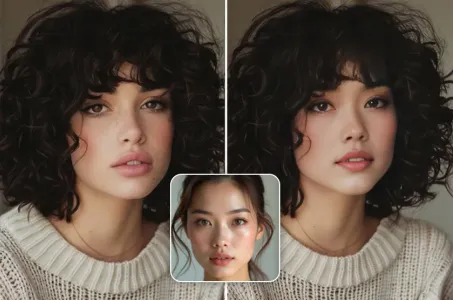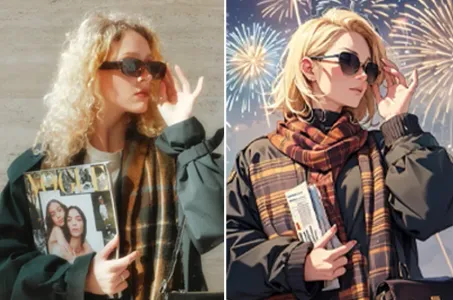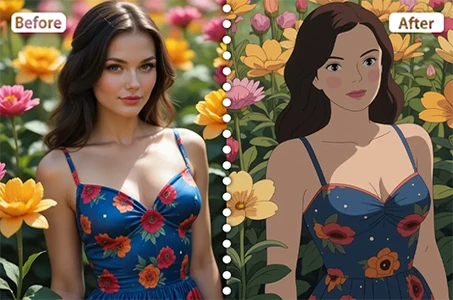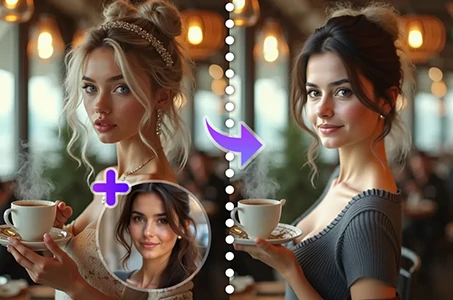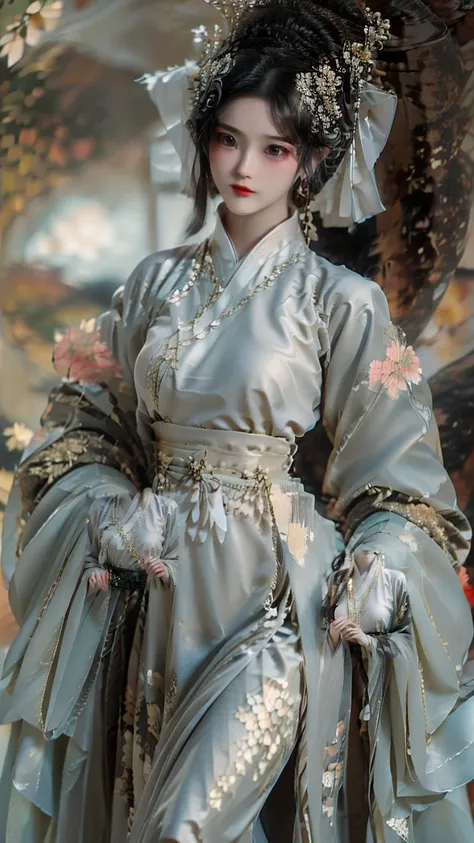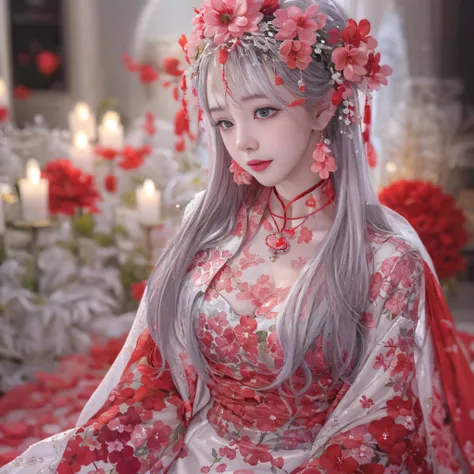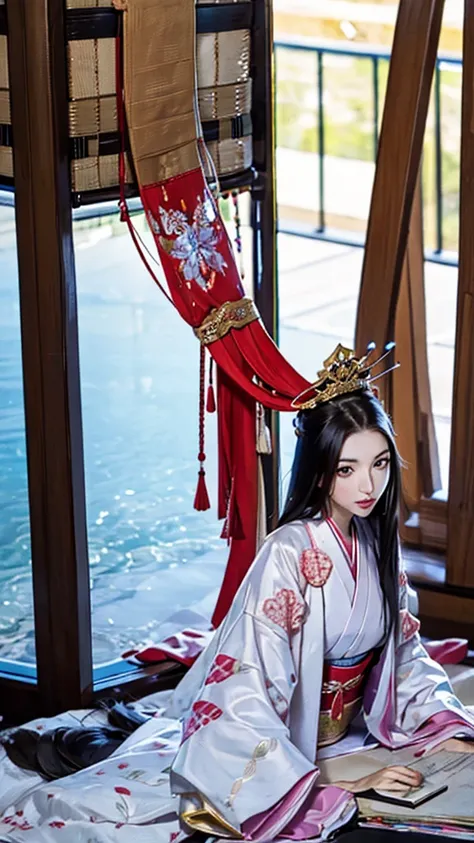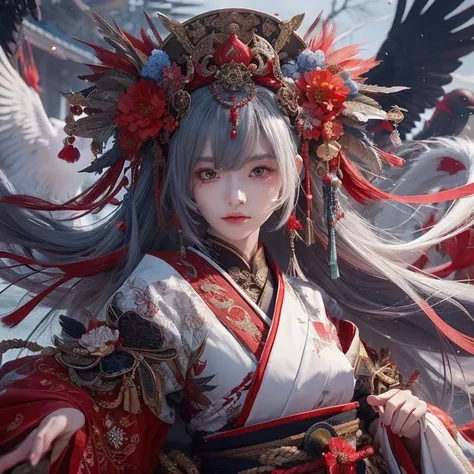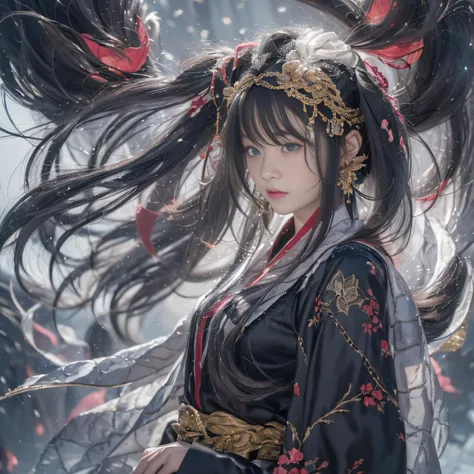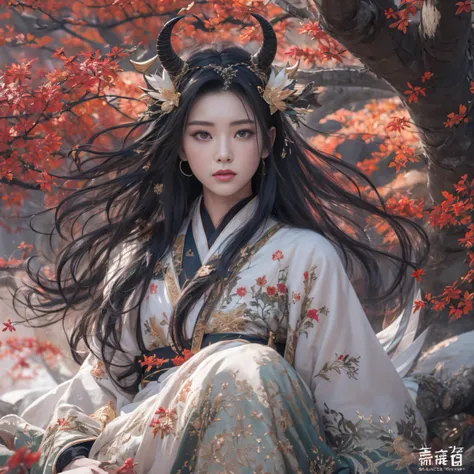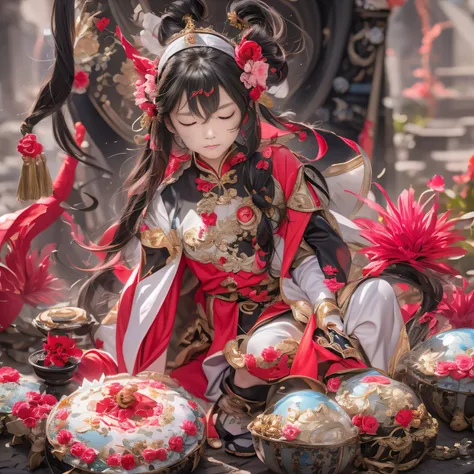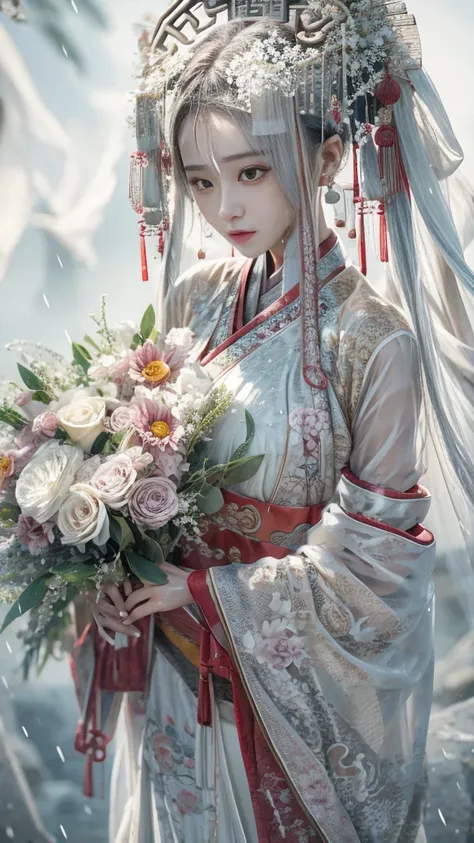Cartoon drawing of a woman in a red dress and a white horse, Gwaiz
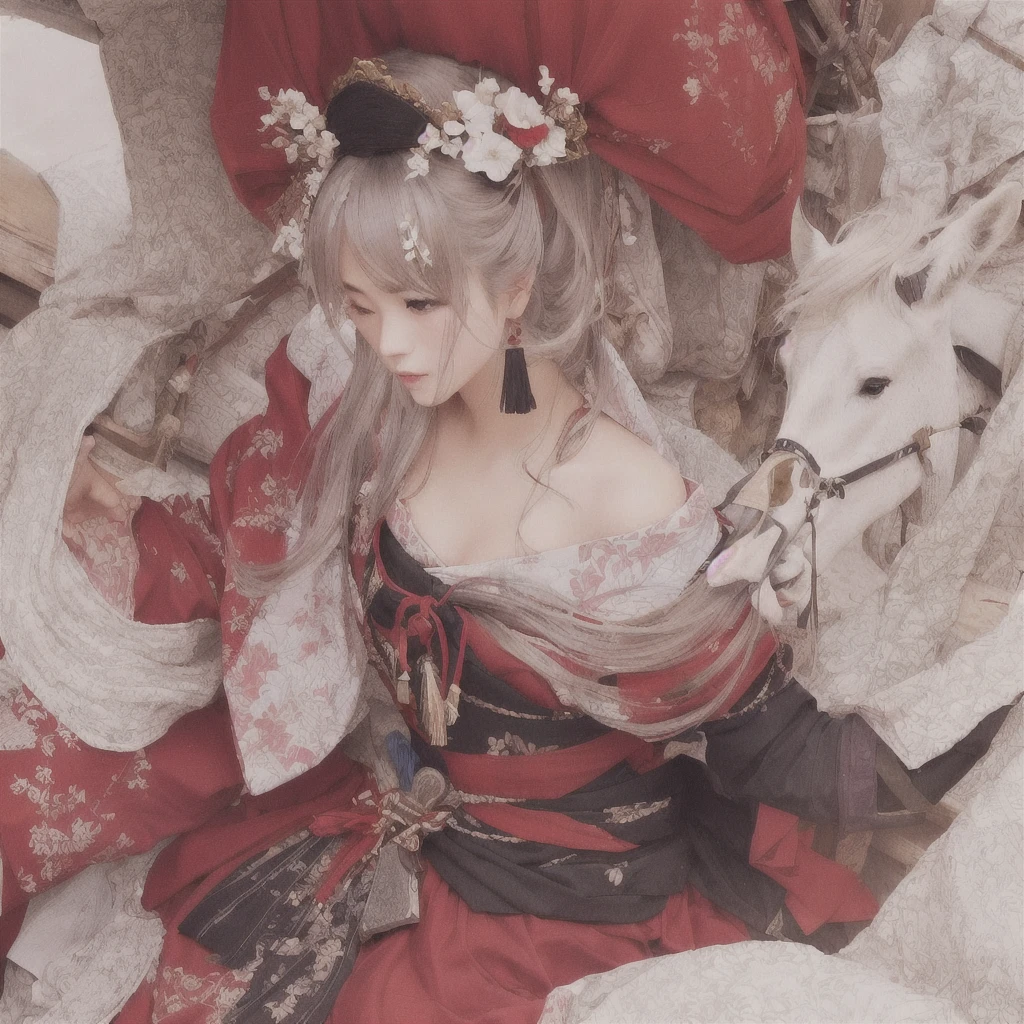
Cartoon drawing of a woman in a red dress and a white horse, Gwaiz, Gwaiz on Pixiv artstation, Gwaiz on artstation Pixiv, WLOP and Sakimi-chan, digital art on Pixiv, Gwaiz masterpiece, Pixiv, Zerochan Art, artwork in the style of Gwaiz, at Pixiv1. Scenery and Cityscape in the Early Meiji Era After the Meiji Restoration, Japan underwent rapid modernization and civilization. Consequently, many changes and reforms occurred. Below is a detailed explanation of the scenery, appearance of the poor, occupations, and cityscapes in the early Meiji period (1868 to the early 1880s). 2. Appearance of the Poor Life for the impoverished and lower classes remained harsh. In particular, in urban areas, people migrated from rural areas or unemployed artisans gathered, intensifying competition in the labor market. Many of them struggled with poverty, often residing in slums or around temples. 3. Occupations Meiji early Japan witnessed a diversification of occupations. Traditional agriculture and handicrafts were accompanied by the rise of modern industry and commerce. Particularly in urban areas, factory workers, shop clerks, and transporters increased, giving rise to new professions. However, many in these occupations endured harsh working conditions. 4. Influence of Civilization and Enlightenment During the Meiji era, Western cultural influences spread rapidly. Changes in clothing, dietary habits, and the proliferation of Western-style architecture advanced, especially in urban areas. Conversely, this development posed a threat to traditional culture and lifestyles, resulting in societal upheaval and adaptation challenges. 5. Social Change and Policy Influence While promoting modernization policies, the government also addressed poverty and social issues. Legislation for labor protection and charitable activities to aid the poor were implemented. Nevertheless, living conditions for the impoverished scarcely improved. The early Meiji period marked a rapid transformation in Japan, with complex social landscapes involving challenges face
Prompts
Copier les Paramètres
Cartoon drawing of a woman in a red dress and a white horse
,
Gwaiz
,
Gwaiz on Pixiv artstation
,
Gwaiz on artstation Pixiv
,
WLOP and Sakimi-chan
,
digital art on Pixiv
,
Gwaiz masterpiece
,
Pixiv
,
Zerochan Art
,
artwork in the style of Gwaiz
,
at Pixiv1
.
Scenery and Cityscape in the Early Meiji Era
After the Meiji Restoration
,
Japan underwent rapid modernization and civilization
.
Consequently
,
many changes and reforms occurred
.
Below is a detailed explanation of the scenery
,
appearance of the poor
,
occupations
,
and cityscapes in the early Meiji period (1868 to the early 1880s)
.
2
.
Appearance of the Poor
Life for the impoverished and lower classes remained harsh
.
In particular
,
in urban areas
,
people migrated from rural areas or unemployed artisans gathered
,
intensifying competition in the labor market
.
Many of them struggled with poverty
,
often residing in slums or around temples
.
3
.
Occupations
Meiji early Japan witnessed a diversification of occupations
.
Traditional agriculture and handicrafts were accompanied by the rise of modern industry and commerce
.
Particularly in urban areas
,
factory workers
,
shop clerks
,
and transporters increased
,
giving rise to new professions
.
However
,
many in these occupations endured harsh working conditions
.
4
.
Influence of Civilization and Enlightenment
During the Meiji era
,
Western cultural influences spread rapidly
.
Changes in clothing
,
dietary habits
,
and the proliferation of Western-style architecture advanced
,
especially in urban areas
.
Conversely
,
this development posed a threat to traditional culture and lifestyles
,
resulting in societal upheaval and adaptation challenges
.
5
.
Social Change and Policy Influence
While promoting modernization policies
,
the government also addressed poverty and social issues
.
Legislation for labor protection and charitable activities to aid the poor were implemented
.
Nevertheless
,
living conditions for the impoverished scarcely improved
.
The early Meiji period marked a rapid transformation in Japan
,
with complex social landscapes involving challenges face
Info
Checkpoint & LoRA
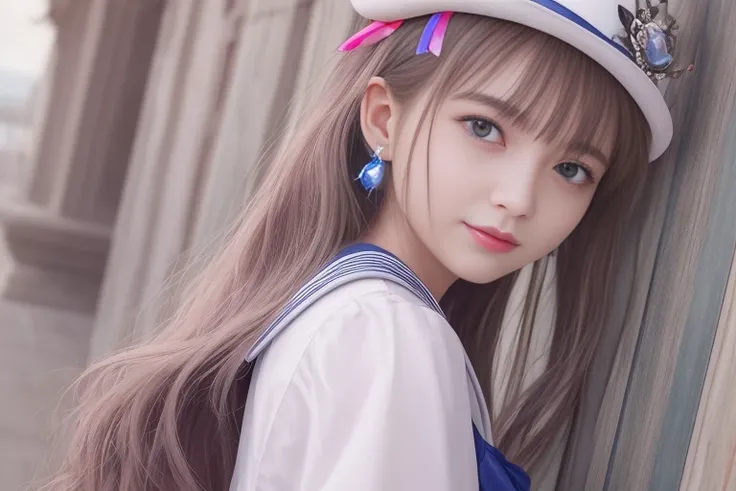
Checkpoint
Good Asian Girl Face
#chinese_anime
#Déesse
#Kimono
0 commentaire(s)
0
0
0





